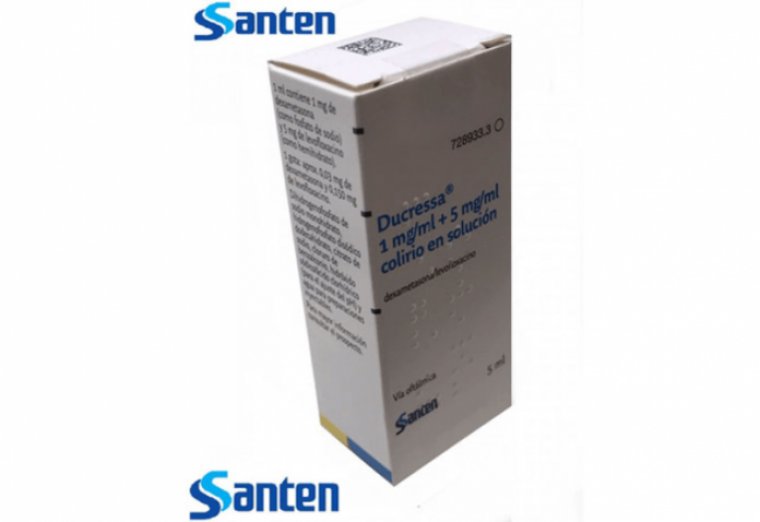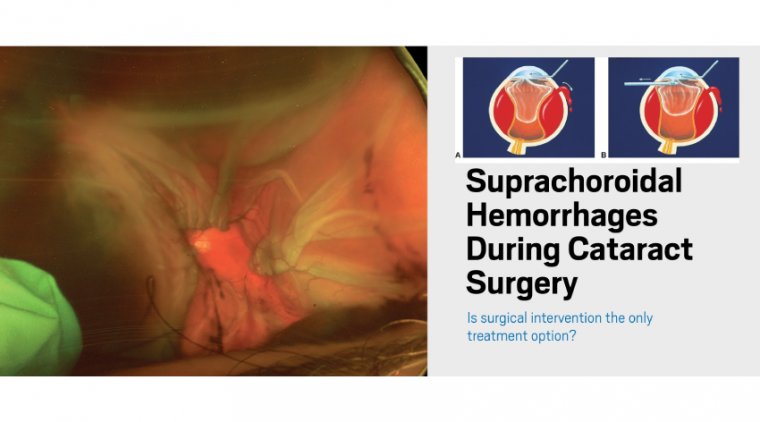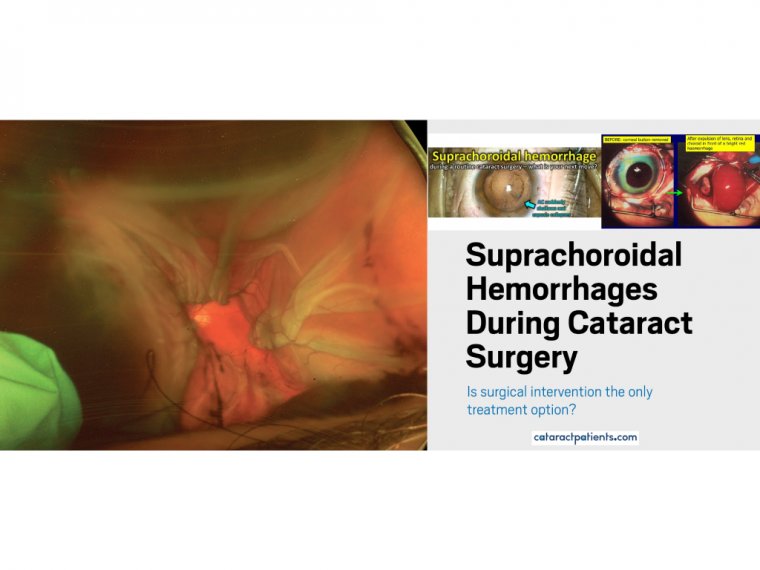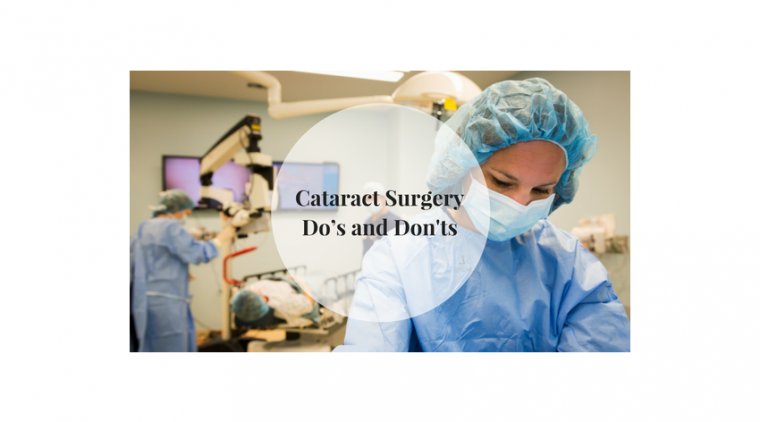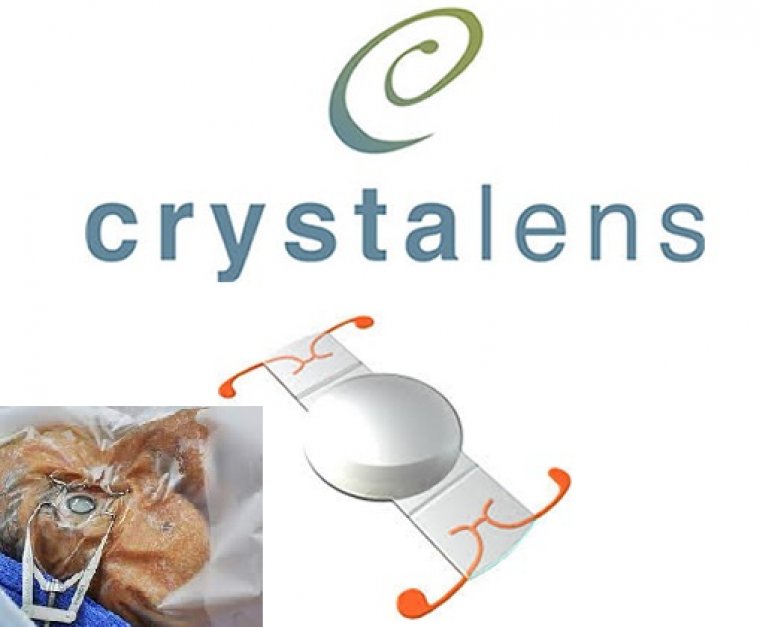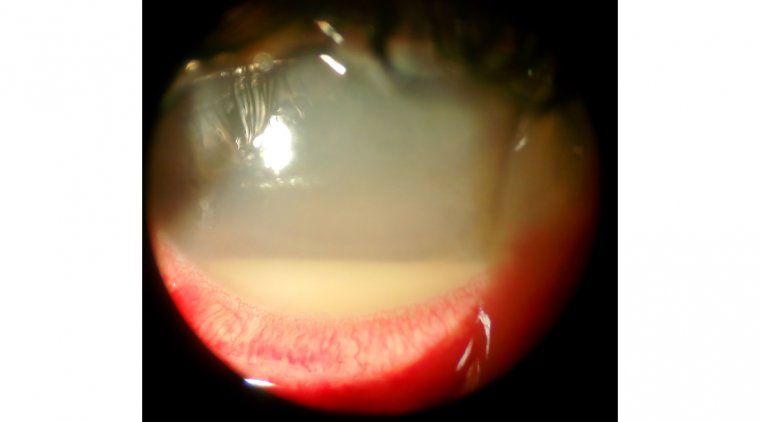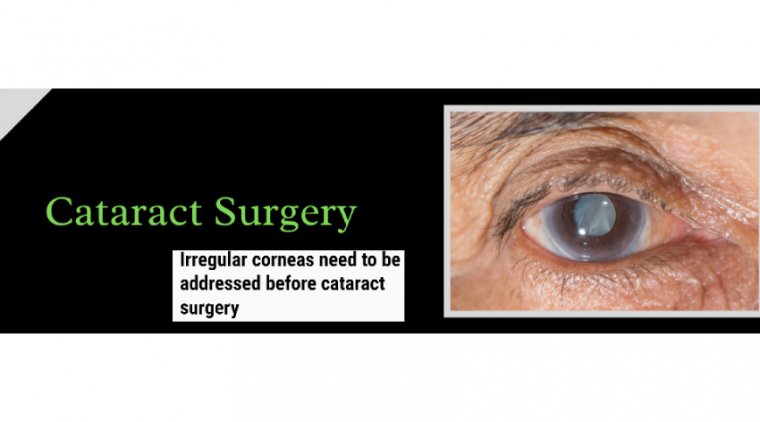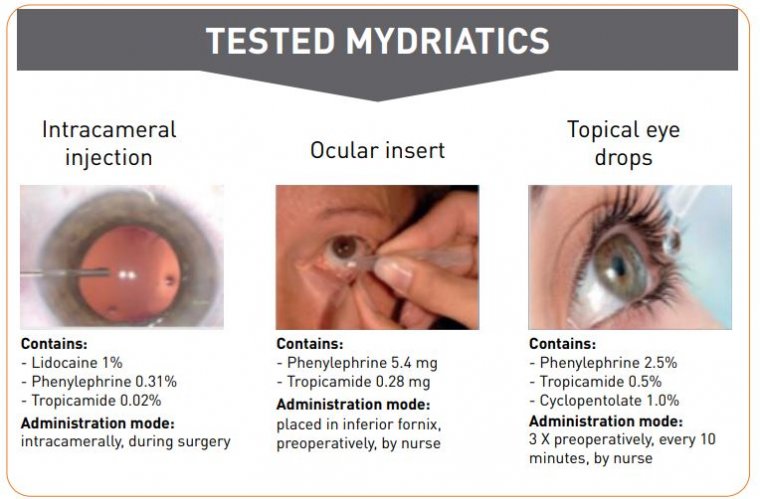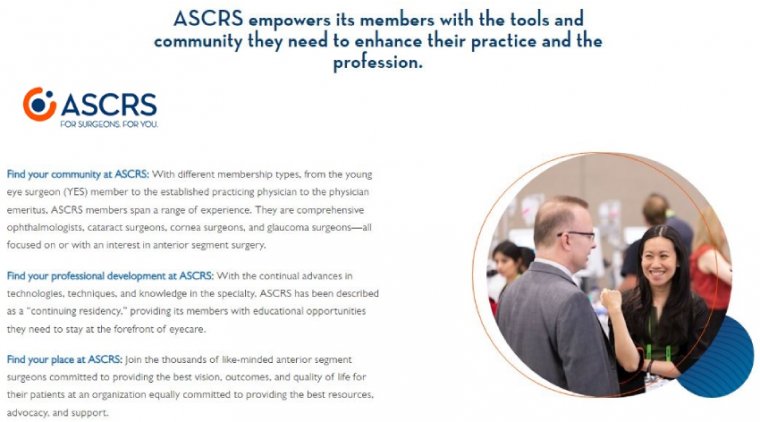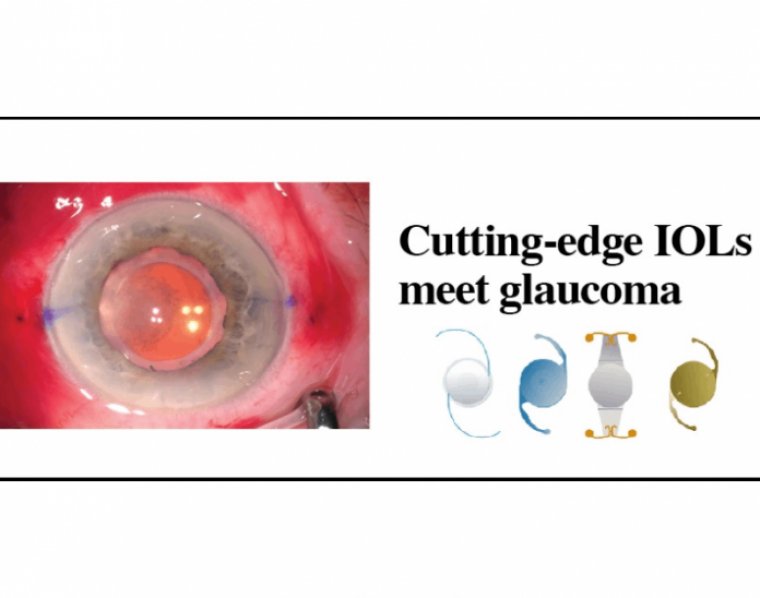
Premium IOLs & Glaucoma Patients
Premium lenses – which defined as toric lenses and multifocal or extended depth of focus (EDOF) lenses – are sophisticated devices; but are they right for glaucoma patients?
The brief answer is that ideal outcomes require careful matching of IOL options with patient characteristics and expectations – and appropriate use of the range of MIGS procedures.
Toric lenses are designed to correct astigmatism – and glaucoma patients at almost any stage of disease can be good toric IOL candidates. As long as patients have good central vision, correcting astigmatism will improve quality of vision and life; therefore, any astigmatic glaucoma patient who wants good distance vision should be offered the toric IOL option.
That said, the best candidates are those with 1D astigmatism or above; patients with lower levels of astigmatism may be better served by femtosecond laser limbal relaxing incisions.
But we need to remember that toric procedures can be disappointing in glaucoma patients with central vision loss; the macula must be very healthy to be sure of a good outcome with a premium IOL.
When light passes through a multifocal lens, it is split; accordingly, less of it reaches the retina, thus reducing contrast. As glaucoma patients already have compromised contrast sensitivity, a multifocal lens can actually make their vision worse.
For this reason, multifocal lenses for glaucoma patients are rarely recommended. Very early-stage glaucoma patients with a low likelihood of progression sometimes may be suitable for multifocal IOLs, but only if the ocular surface and macula are pristine; the field of vision is complete; RNFL loss remains mild; and ocular hypertension is controlled.
EDOF lenses are less risky. Unlike multifocal lenses, they provide central vision closer to that allowed by monofocal lenses. Consequently, glaucoma patients are more frequently suitable for EDOFs than for multifocal lenses.
Among glaucoma patients, typical EDOF candidates have controlled ocular hypertension and mild to moderate disease with very peripheral defects.
Despite the great reading ability provided by EDOF lenses, however, recipients do still need reading glasses – and doctors must ensure patients understand this.
They always explain the limitations imposed by any permanent damage the patients may have suffered from glaucoma, and define the improvements they can expect after cataract removal.
If patients appreciate that EDOF lenses greatly reduce spectacle-dependence, but won’t provide freedom from spectacles, they are more likely to be happy with the outcomes; realistic expectations make satisfying outcomes more likely.
For glaucoma patients, optimal outcomes require more than just cataract treatment – doctors must also address the disease. And today, there is a range of minimally-invasive glaucoma surgery (MIGS) procedures, applicable in combination with cataract surgery, which help them do just that.
Some MIGS procedures, however – such as those that involve a goniotomy – are more prone to bleeding and post-operative inflammation. When implanting premium IOLs doctors prefer to use MIGS procedures that carry less bleeding risk.
In all cases, the important point is that surgery in glaucoma patients may be complicated by the effect of eye-drops on the ocular surface; pre-operative stabilization may be necessary to enable optimal outcomes.
Now that doctors can apply MIGS in conjunction with cataract surgery, they can simultaneously address both glaucoma and refractive error. Successful MIGS procedures may control IOP and also reduce medication; this will help avoid destabilization of the ocular surface – and associated vision impairment – while removing the burden and discomfort of eye-drop regimes.
At the same time, appropriate IOLs can correct astigmatism or reduce spectacle-dependence. Thus, for patients with mild glaucoma on one to three medications, the MIGS-IOL combination is a “slam-dunk.” Such individuals can expect rapid healing and excellent outcomes.
These are exciting times – surgeons now can offer advanced lenses to significant numbers of glaucoma patients.
Doctors who perform both MIGS and cataract surgery must step up and start offering toric lenses for astigmatic correction and EDOF/multifocal lenses for other patients when applicable. It’s the best way to give patients the quality of life they seek.

